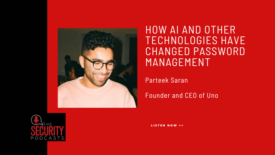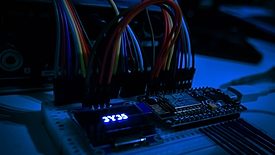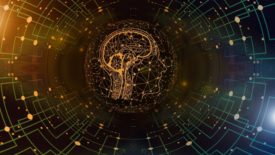Home » Keywords: » AI
Items Tagged with 'AI'
ARTICLES
Listen to Parteek Saran, Founder and CEO of Uno, in this podcast episode.
Read More
Sign-up to receive top management & result-driven techniques in the industry.
Join over 20,000+ industry leaders who receive our premium content.
SIGN UP TODAY!Copyright ©2024. All Rights Reserved BNP Media.
Design, CMS, Hosting & Web Development :: ePublishing





.jpg?height=168&t=1701896522&width=275)




